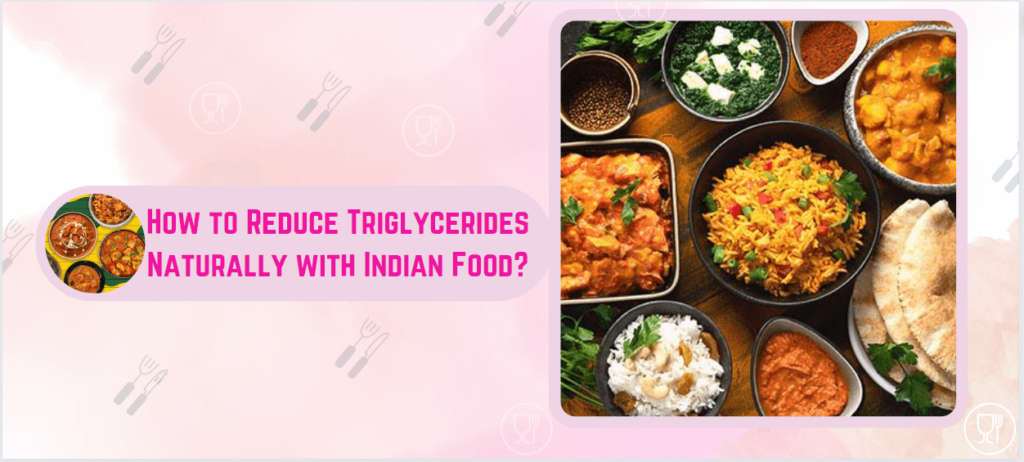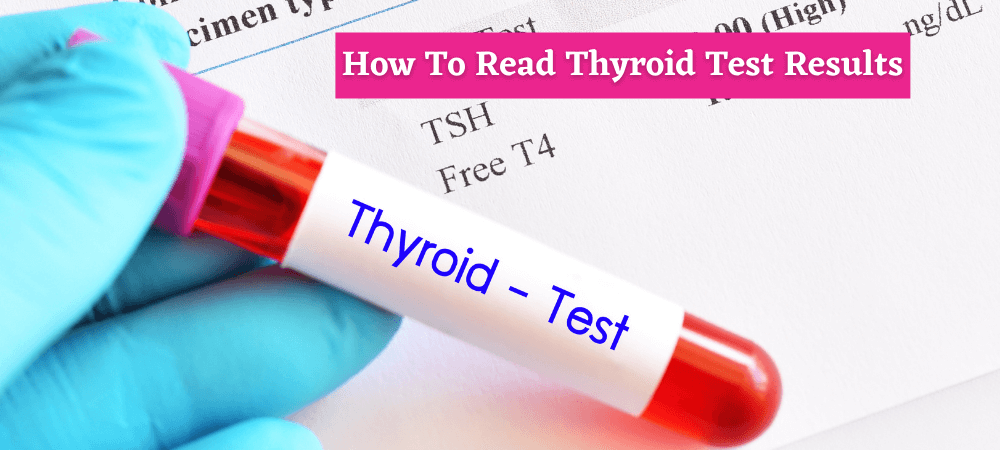High triglyceride levels can lead to heart-related problems, such as heart disease, stroke, and pancreatitis.
In preventing cardiovascular disease, a healthy diet plays a crucial role. While medication may be prescribed to lower triglyceride levels, incorporating a few dietary changes can have a significant impact.
Interestingly, certain Indian foods can help lower triglyceride levels effectively. Would you like to learn about them?
In this article, we explore how to reduce triglycerides naturally with Indian food.
What Are Triglycerides?

Triglyceride is a fat cell type used by the body for energy. It is formed in the liver and consumed from food. Triglycerides store unutilised calories.
After eating, excess calories turn into triglycerides and get stored as fat. As and when you require energy, hormones release triglycerides.
Why Triglycerides Increase
If your daily food intake includes more high-carbohydrate foods than you burn, you are likely to have high triglyceride levels.
Your triglycerides levels are increasing because:
- You are not exercising enough
- You are consuming foods high in fat and sugar
- Your alcohol intake is excessive
Your high triglycerides levels can also be due to the following:
- Diuretics
- Estrogen and progestin
- Steroids
- Beta-blockers
- Retinoids
- Some immunosuppressants
- Some HIV medications
Elevated triglyceride levels can thicken the artery walls, increasing the risk of stroke, heart attack and other heart diseases. Therefore, it is crucial to keep them under control.
How to Low Triglycerides Level with the Indian Diet?
Research indicates that individuals who have excess weight or obesity can lower their triglyceride levels by increasing fiber intake:
Here is a fiber-rich Indian diet for reducing triglycerides levels effectively:
- Grains: Whole grains can be a good choice, but shall be avoided if you have acidity, gas, stomach ache or indigestion. For instance, including rolled oats and semi-polished rice can balance your daily fiber consumption and help lower triglyceride levels.
- Legumes: Similar to grains, legumes are also rich in fibers, which can help reduce triglycerides. Try to consume at least 5-6 types of dal a week: moong, green moong, masoor, tur, kulthi, rajma, chana, soybean, chole, and matar dal.
- Vegetables: Eat vegetables both cooked and raw for maximum benefits. Prepare traditional sabzi and include raw vegetables in salads or smoothies for active enzymes and micronutrients, rich in vitamins, minerals, antioxidants, and dietary fiber.
Eat more vegetables such as spinach, methi, sweet potato and lady’s finger.
- Spices: Indian spices are potent for improving the lipid profile. Include bay leaves, black pepper, ajwain, clove, cinnamon, cumin, coriander, garlic, methi, nutmeg, and onion in your cooking. These spices help reduce blood and liver cholesterol by boosting the conversion of cholesterol into bile acid.
- Low-fat Products: Low-fat dairy products like milk and yogurt help maintain triglyceride levels. Include milk in your daily diet; if you struggle with digestion, have alternatives like curd or buttermilk as snacks or after lunch.
- Fish: Omega-3 fatty acids are found in fish oil, krill oil, salmon, sardines, mackerel, and herring. Choosing these over lean fish and meat can help reduce triglycerides.
Conclusion
In conclusion, incorporating these Indian foods into your diet can naturally reduce triglyceride levels.
By making smart food choices that align with your specific nutritional needs, you can harness the power of Indian cuisine to promote better heart health and lower triglycerides.
FAQs
1. Does exercise lower triglyceride levels?
Aerobic exercise lowers triglycerides by acting on apolipoprotein C3 in individuals with coronary heart disease.
2. Can medicine reduce triglyceride levels?
Statins can help treat high blood cholesterol and also reduce blood triglyceride levels. The other medications include fibrates and concentrated omega-3 fatty acids.





